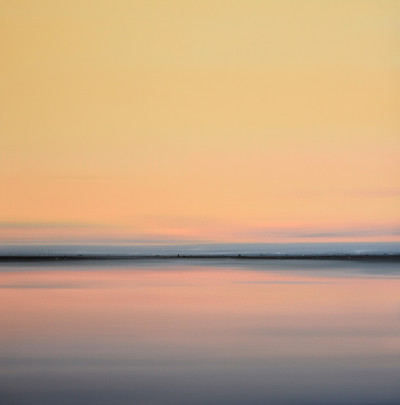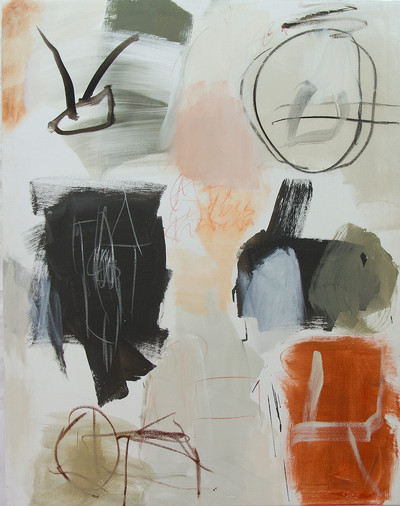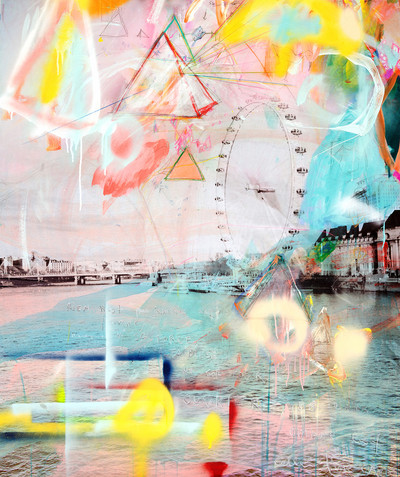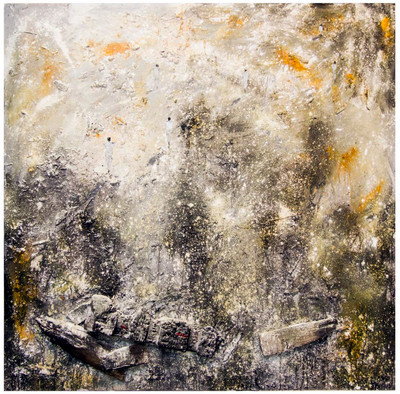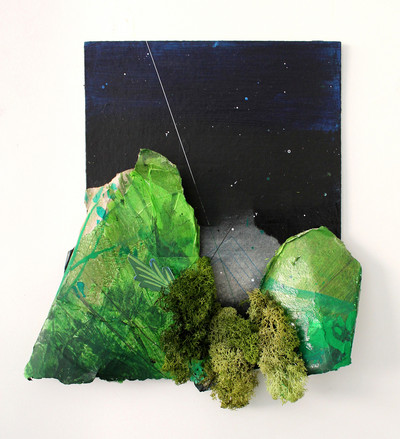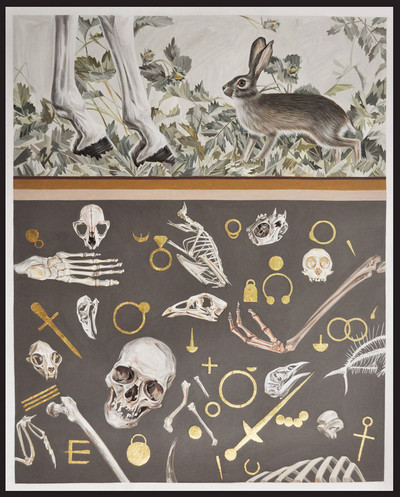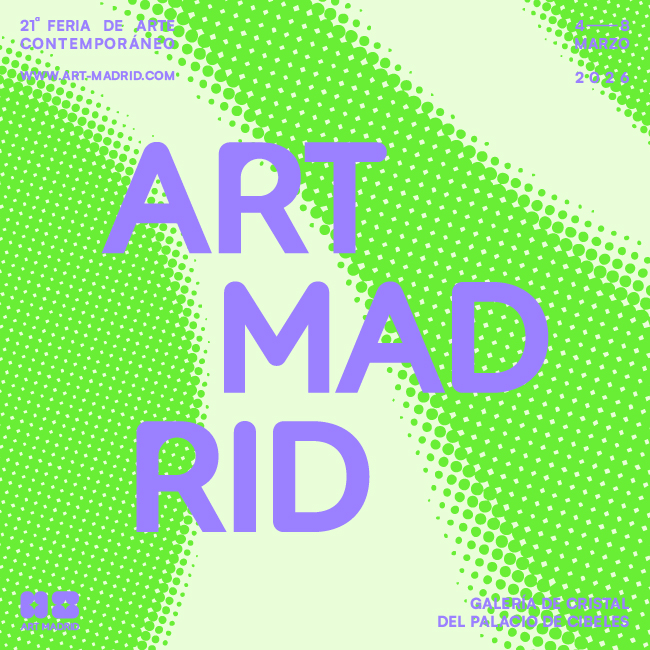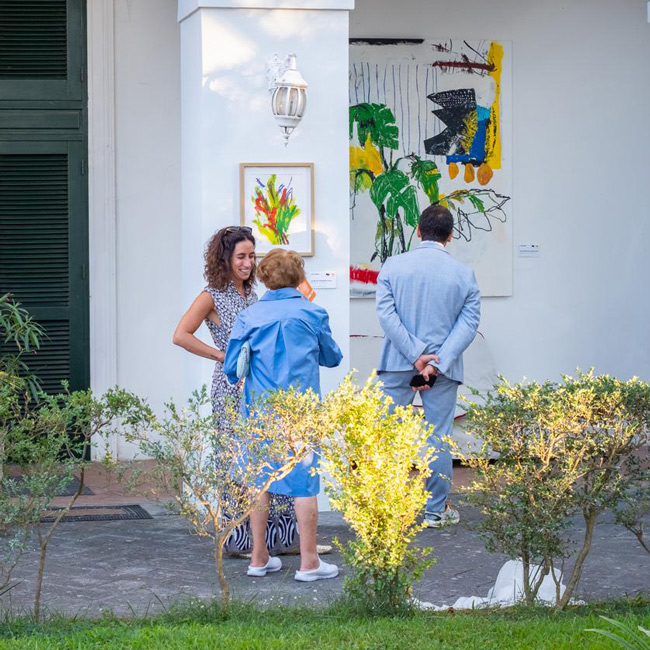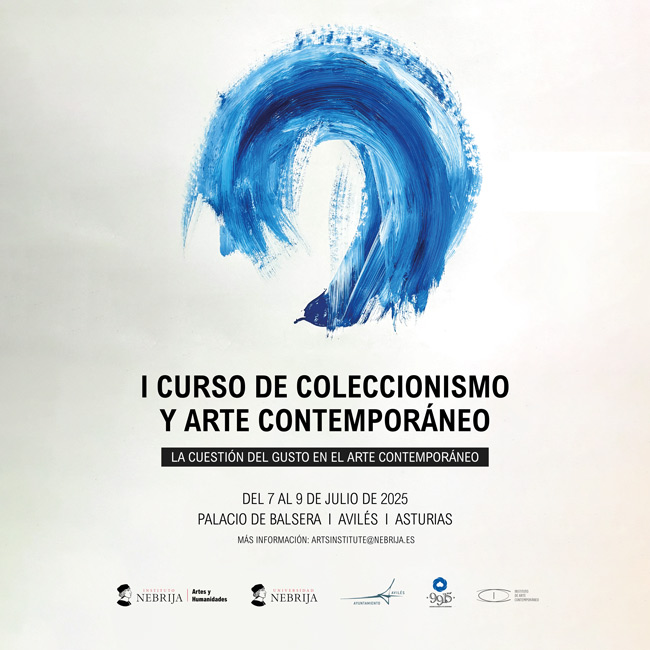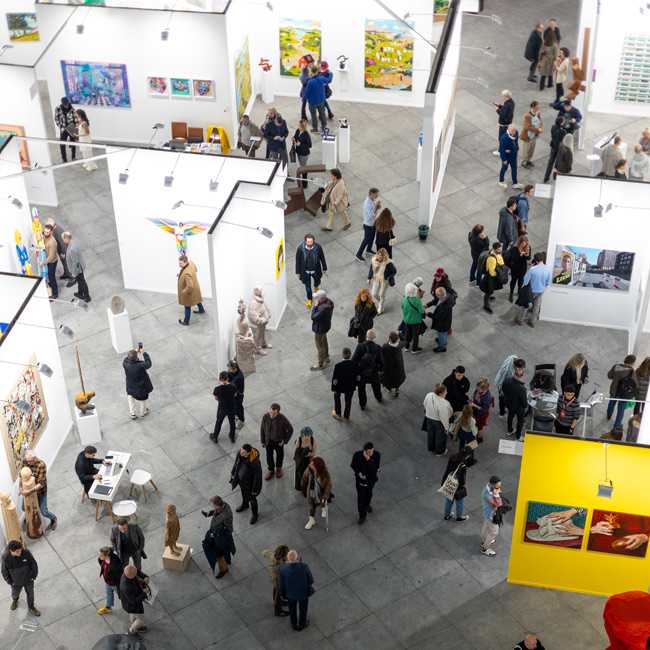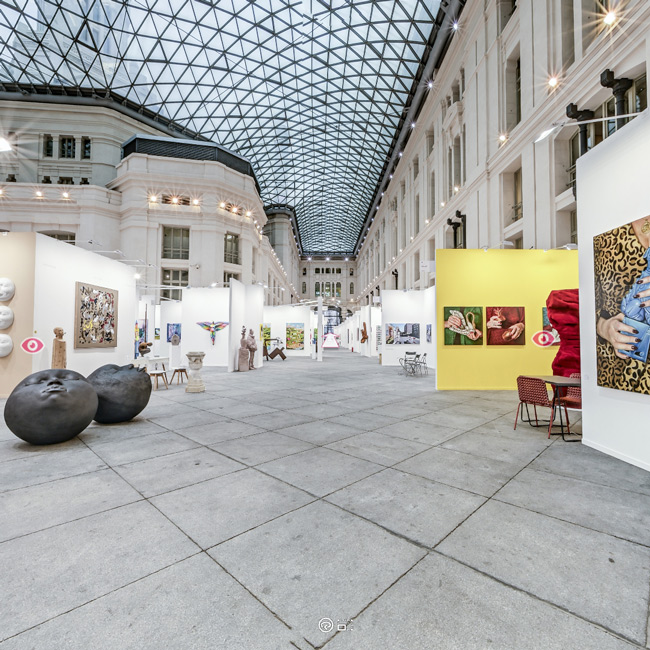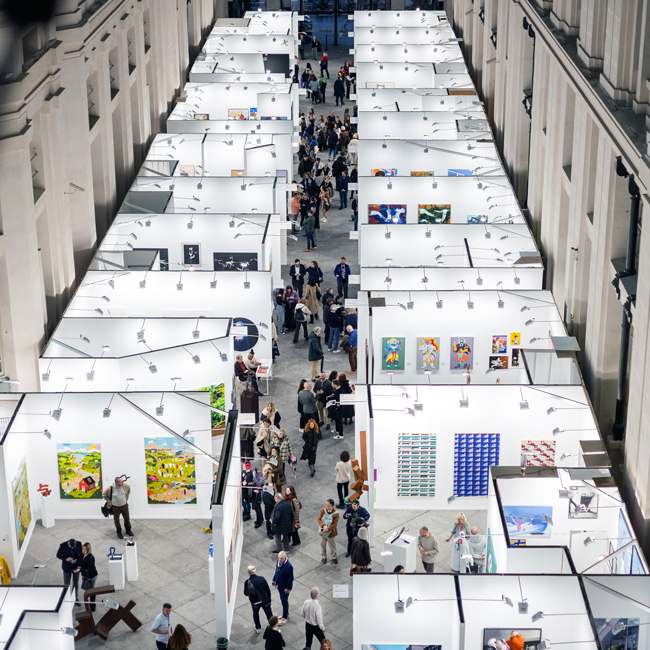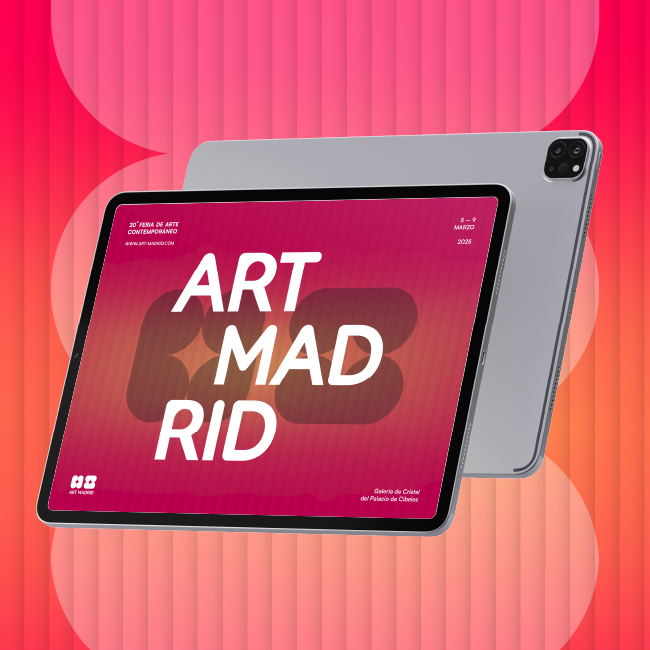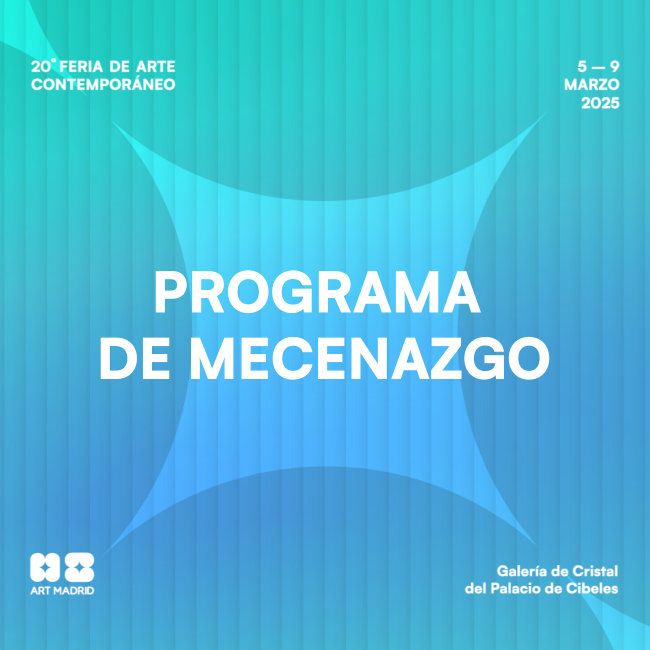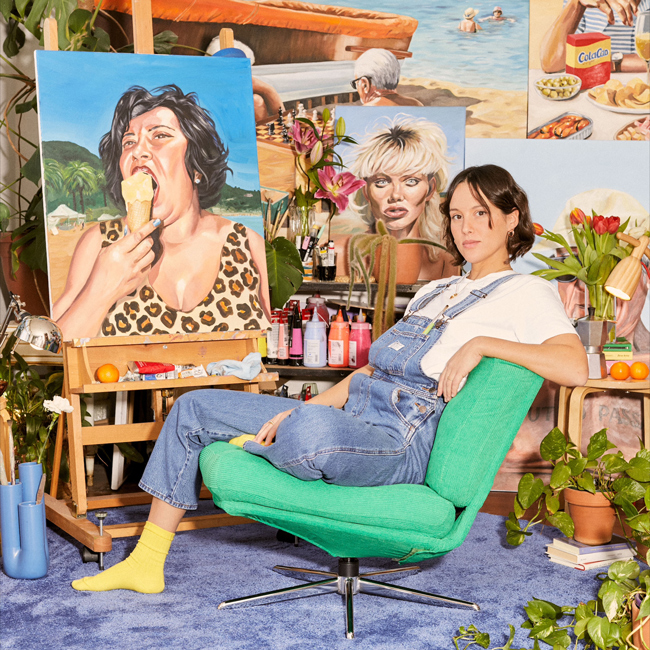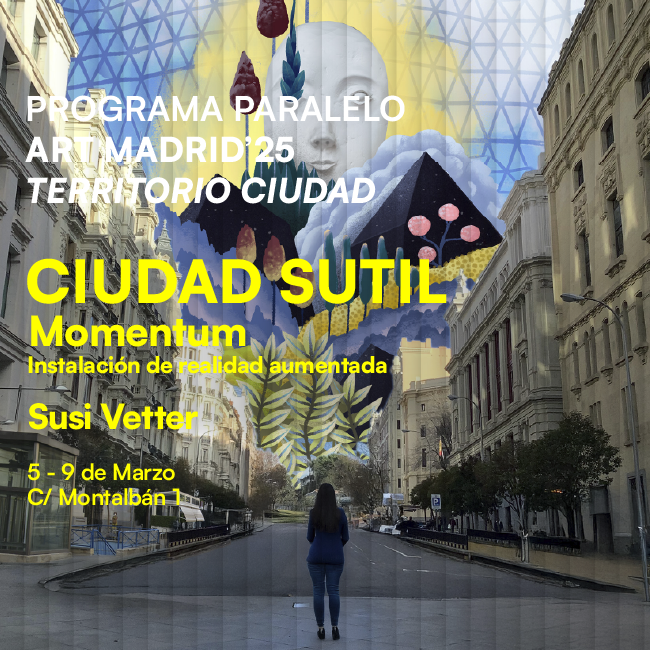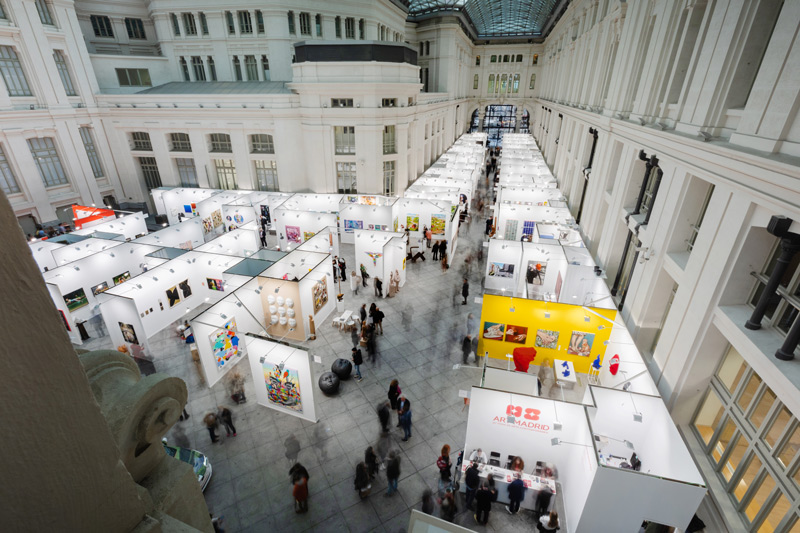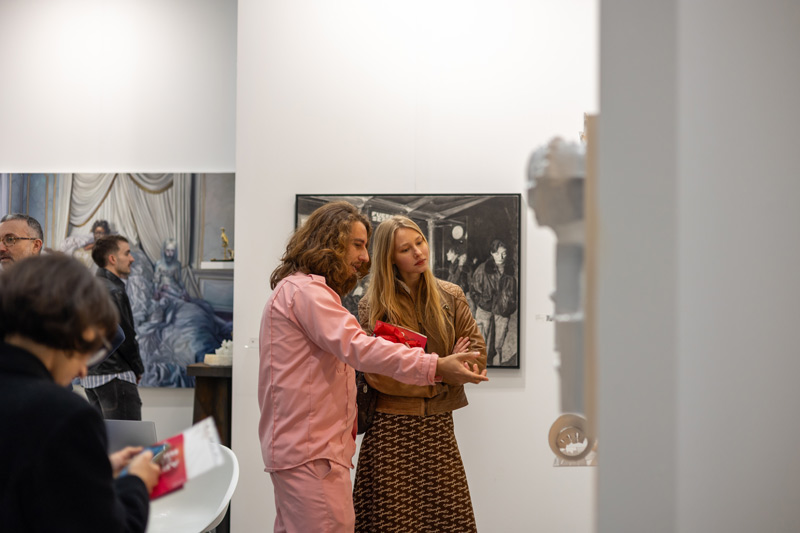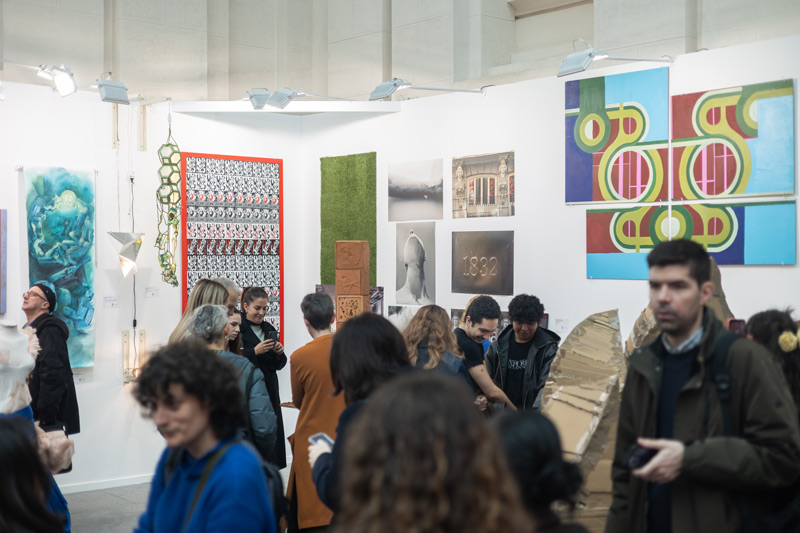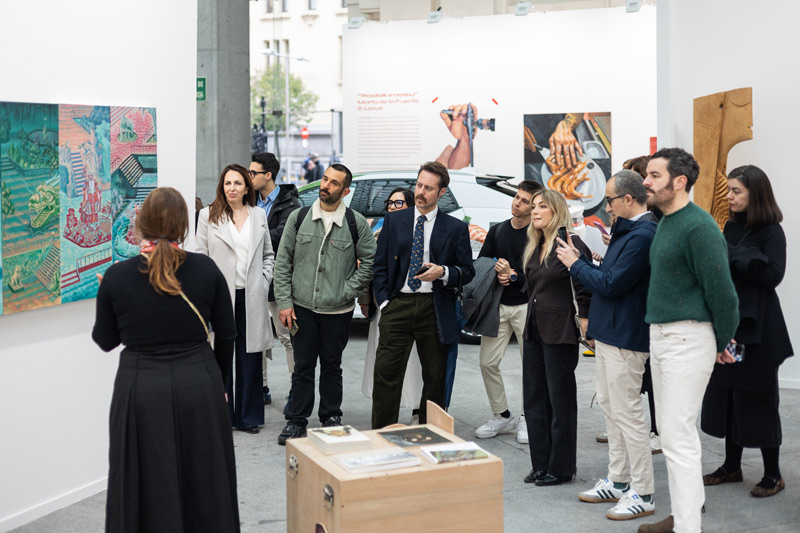NEW TERRITORIES, OUR POSSIBILITIES
Jan 17, 2019
art madrid
Espiral, Rodrigo Juarranz, Luisa Pita, Arancha Osoro and Marita Segovia Galleries
One of the greatest aspirations of contemporary art is the ability to reinterpret and transform the (subjective) reality in which we live, aspiring to build other realities from renewed points of view since, without a doubt, the current insane state of the world requires other ways of seeing it.
Far from the abstract, fragmented and intentionally objective representation, very typical of cartographies, many artists propose new possibilities and alternative ways of being in the world based on concepts such as territory, map, landscape or border, employing strategies ranging from the purest and introspective fiction, displacement and deformation, even critical thinking to appropriation and simulation, among the most used. In this spectrum, we can find some of the issues developed by the artist invited to partake in Art Madrid '19, Rubén Martín de Lucas, but can also be found in the work of certain creators that we will present in our fourteenth edition.

The work of Nacho Angulo, represented by Galería Espiral (Noja, Cantabria), reflects precisely a deep and very personal interest in geography, construction and the soulfulness of living matter. In his "constructed paintings", as they were baptized by the art critic and professor Francisco Calvo Serraller, in those beautiful pieces in wood, not only the references to territory and the obsession with the artist's framework are made explicit, as we see in the pieces such as “Hummus” (2015) or “Esquizos” (2018), but they also expand condensed, isolated and enclosed poetics, as seen in “Individuum innefabileest” (2016), “Aflora” (2018) or the revealing “Dios no existe todavía” (2018).
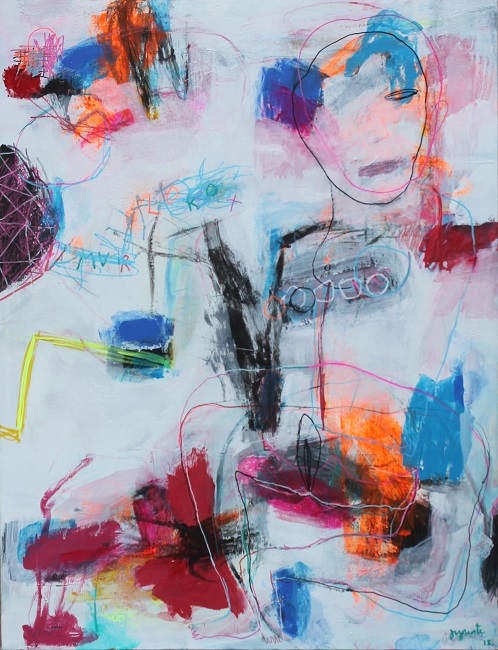
Also, defined territories that become undefined, challenged and destabilized all of which is presented from the singular perspective of each artist of the Espiral: the horizon layers, vitalistic, contrasted and dreamy, accumulate in Víctor Alba’s work. Paintings like “Castillos en el aire” (2017) by Eduardo Vega Seoane are authentic pictographs of contemporaneity, forms in continuous movements that reflect so well the freedom from which the painter creates. We can also find other territories that are both sinister and fascinating such as the scenes by Manolo Oyonarte, where the individual enigma of the subconscious is stained with violent colours and disturbing figures; just as the internal worlds of Jerónimo Maya which are made present in his mysterious paintings both ethereal and carnal.
Located in the classic sabotage among the dialects of photography and painting, a wound always opened by the great Darío Villalba, we can find the work of the Australian-Hispanic Alberto Sánchez who, despite sharing a name with the great sculptor from Vallecas, presents a work that rather reminds of the lucid and tremendous games created by Juan Ugalde. However, Sánchez's work is located in the centre of great contemporary cities, becoming a set of large landscapes in which the Expressionist worlds imagined by the artist are revealed. Sánchez is the new addition to the fair from the Gallery Rodrigo Juarranz (Aranda de Duero, Burgos), alongside the lyrical and evocative Diego Benéitez and the textural Marcos Tamargo, very interested in mineral texture, also nostalgic of the rest, the natural or artificial memory; all of this revealed in his vital journey.
If we are talking about nature and landscape we have to summon the Luisa Pita Gallery (Santiago de Compostela) and start with María Ortega Estepa. Ortega, an artist very sensitive to social potential of art, is the author of exuberant naturalist paintings, small invented places in which, as we have seen in her last works, some of her elements crave getting out of the two dimensions imposed by painting, making a physical appearance in the form of real branches and mosses: devoted vegetation of the earth. Another enthusiast of the natural territory that has come to populate with a fleet of 2,600 plants planted in the humid Venezuelan rainforest is Darío Basso, from whom we will see a selection of his “Emanaciones”: abstractions, that with still wild echoes, connect with the phenomenology, because the artist feeds them to the natural landscape so that they are directly exposed to the sun, the rain, the wind, the temperature changes, exposed in summary, to all the possible physical phenomena. Luisa Pita closes her proposal for Art Madrid with the symbolist and enigmatic María José Gallardo, an artist who exhibits some of her latest paintings for the fair. We are facing a special Cabinets of curiosities, with its characteristic lapidary messages and its vital lessons, as in the little flattering “El que más da menos pide” (2018) or the vanitas “El rico” (2017), usually under the influence of Baroque tradition finished with very thin flakes of gold leaf, that which above all are paintings made with that strong passion, so meticulous, careful and full of the personal curiosity of Gallardo for the interesting things of this world.
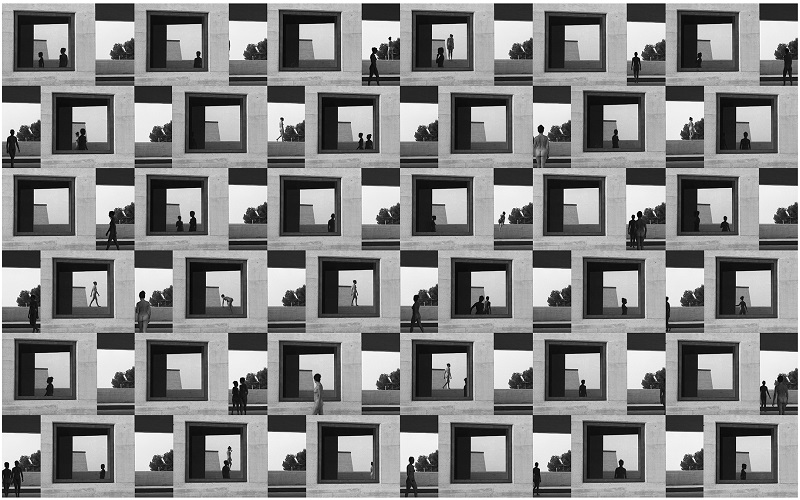
Very different is the proposal of the Arancha Osoro Gallery (Oviedo), which presents a selection of six creators: Rafael Navarro, José Paredes, Kiko Miyares, Luis Parades, Elena Rato and Iván Baizán. Navarro presents some of his most beautiful and seductive diptychs, classics such as “Diptych nº9” (2002) or “Diptych nº49” (2002) as well as more recent realizations, regarding our surroundings, the architecture and our way of relating to it, as in “Cartografía” (2015) or “Falsa libertad” (2015), works in which he maintains his unmistakable dialectic that, as the creator Joan Fontcuberta pointed out, “not only invite us to reflect on visual expression, but also to share heartfelt inner experiences”.
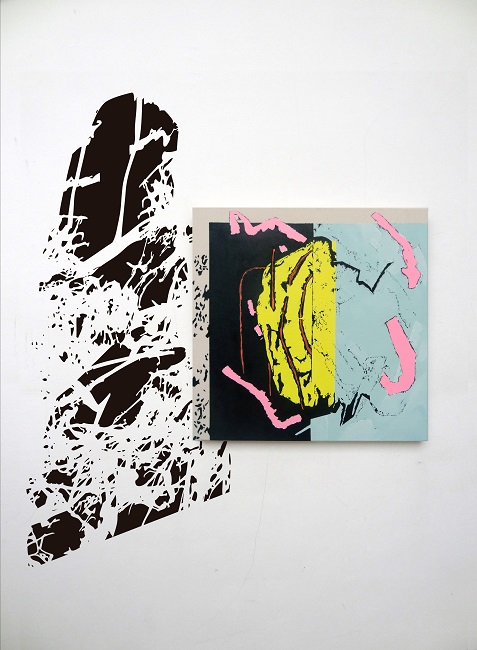
We may continue with the work of Baizán, also very concerned about the structural forms: serigraphies of possible or impossible buildings which acquire volume, levels and dissections through the encapsulation in methacrylate and polystyrene. We also highlight the series in sculptured glass “Cities and citizens” (2014) by Luis Parades, constructions only in appearance less sophisticated than those of Baizán but tremendously magical, sensory and textural from their minimalist forms. Magical can also be the surrealist universes of Paredes, an artist who presents his latest series, “Escenografias de lo inestable” (2018): optical games in dreamlike spaces starring the contemporary man and his particular ghosts. On the other hand, the new territories by Rato are shaped by superpositioning surfaces, in that kind of palimpsests that now also combines with a kind of invasive vinyl and that presents as exercises or "metaphorical whims", based on the suggestive game of gestural interruptions.
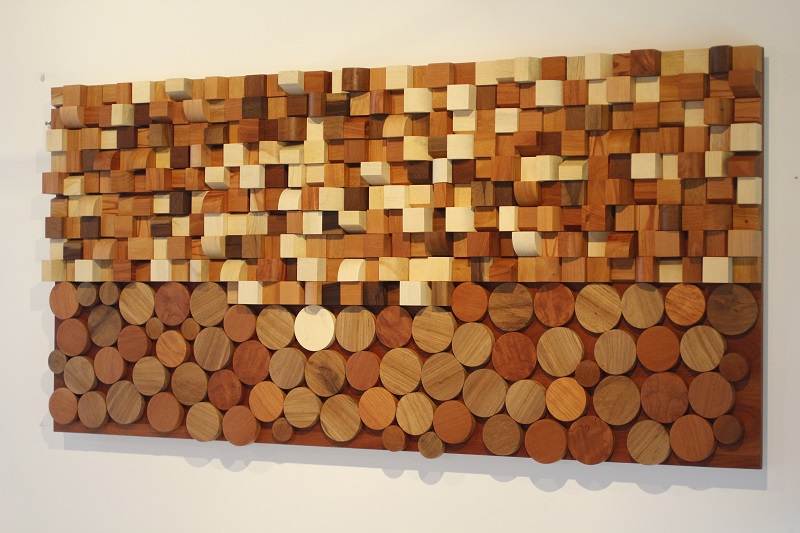
We finish with the interesting selection that the Marita Segovia Gallery (Madrid) will exhibit. In its booth, you can appreciate the painstaking work by Pilar Pequeño, photographer staring in one of the online exhibitions of the Art Madrid Market. From the intimate flowers -which remind so much of some of the works of the Spanish realist painters, as those by the brilliant Isabel Quintanilla-, to the decadent architectural spaces, Pequeño’s work always emerges from silence and the melancholic contemplation, creating amazing and seductive images that evoke a mysterious omen. Hunches also come from the shapes of the work by David Rodríguez Caballero -artist also presents in the Aurora Vigil-Escalera's booth-: a fragile and special creation, strange and fleeting; something that contrasts completely with the bold relief sculptures by João Carlos Galvão. It is obvious that the experience in wood is fundamental for the Brazilian artist, who continues to transmit his personal and poetic message, direct and truthful, demonstrating his absolute passion for the transcendent properties of wood. However, the artist Edgar Plans -whom we can also see in the Miquel Alzueta Gallery’s booth- works on the pictorial qualities in his last works, as we see in “Art Wall” (2018) or “Colors” (2018), extending his personal iconography from his characteristic ludic and colourful drawing.
These are the unique territories devised by some of the artists of Art Madrid '19. Artistic worlds that, if capable of thrilling, can motivate us to change our understanding of "the real" and the ways in which we relate to one another.

